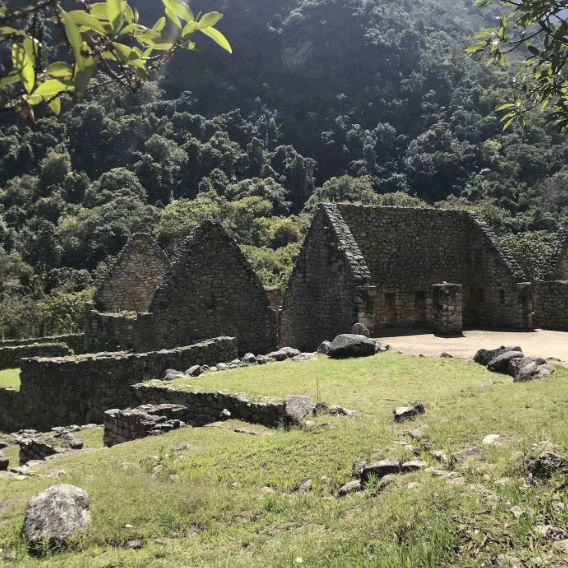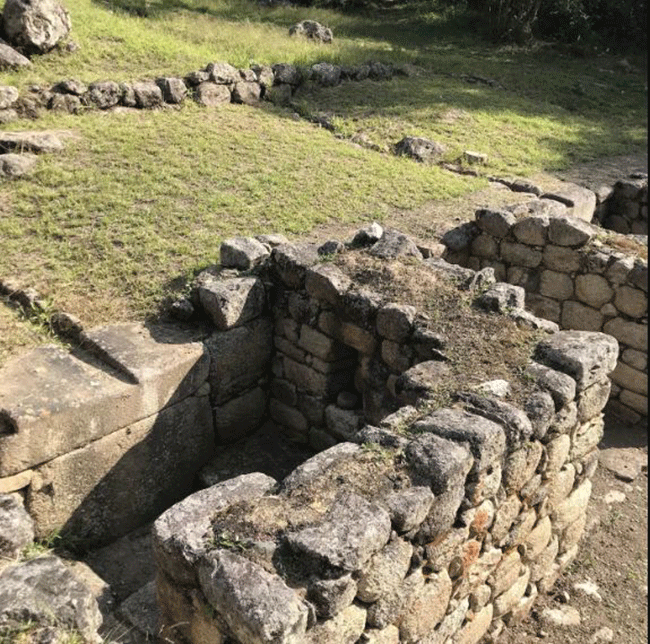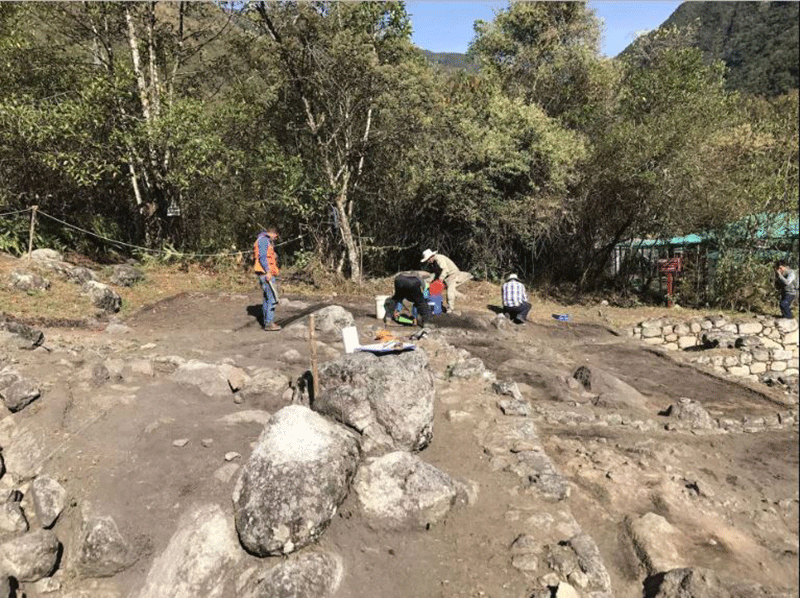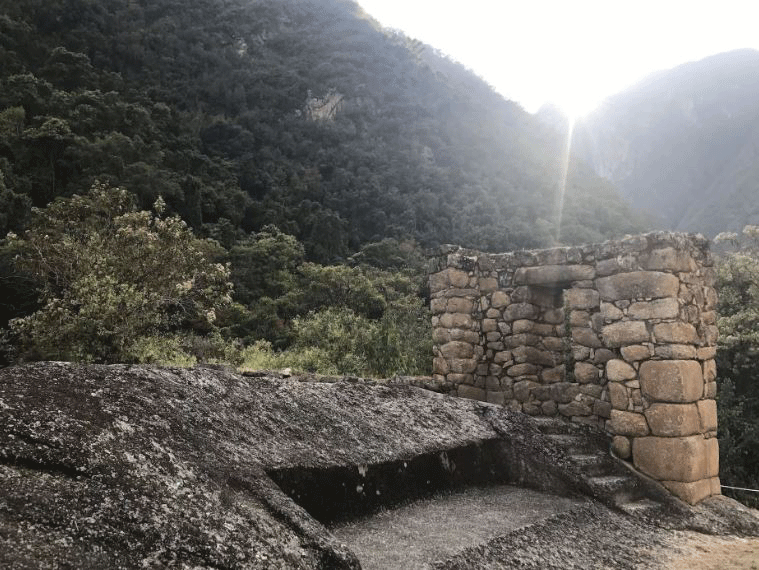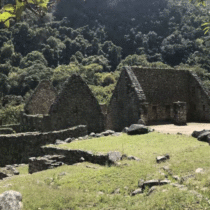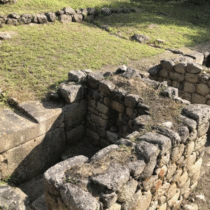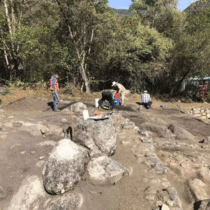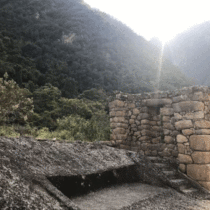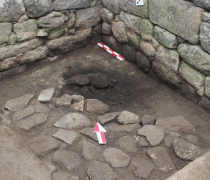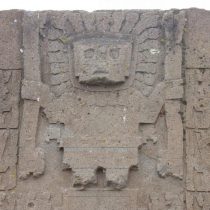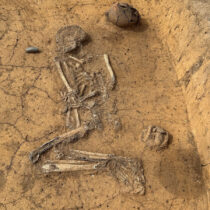Archaeologists in Peru have used cutting edge technology to delve deeply in the structure and architecture of a ceremonial baths complex. The site comprises a stone altar and 14 baths positioned in groups of seven on both sides of the sacred rock. Researchers have used ground-penetrating radar and laser scans along with excavations to reveal two structures hidden in the tropical forest.
The site is dated to the 15th century and it is known as Chachabamba since 1941, when archaeologists discovered terraces, baths and water channels. A study published last year revealed that the site was not constructed in one stage but in two or more building phases.
An international team of researchers from Poland and Italy focused on the water system that filled the baths, revealing a complex water system and a large number of baths and channels, indicating the site was an important religious place of ceremonial use, probably used mostly by the Inca elite. The site comprises a sculptured sacred rock, a “huaca” and baths which were probably used for ritual cleanisng.
An advanced system of canals supplied the baths with water, changing as the complex expanded. The water came from a nearby waterfall and the Inca built a system of waterways with stone block which run partially underground. After the water was used at the baths another system, of drainage this time, led the used water to a nearby river.
Using baths as a means to conduct ceremonies and rituals was not uncommon in the Inca culture and researchers hope that this new discovery will offer an insight into other sites known to have similar use.
